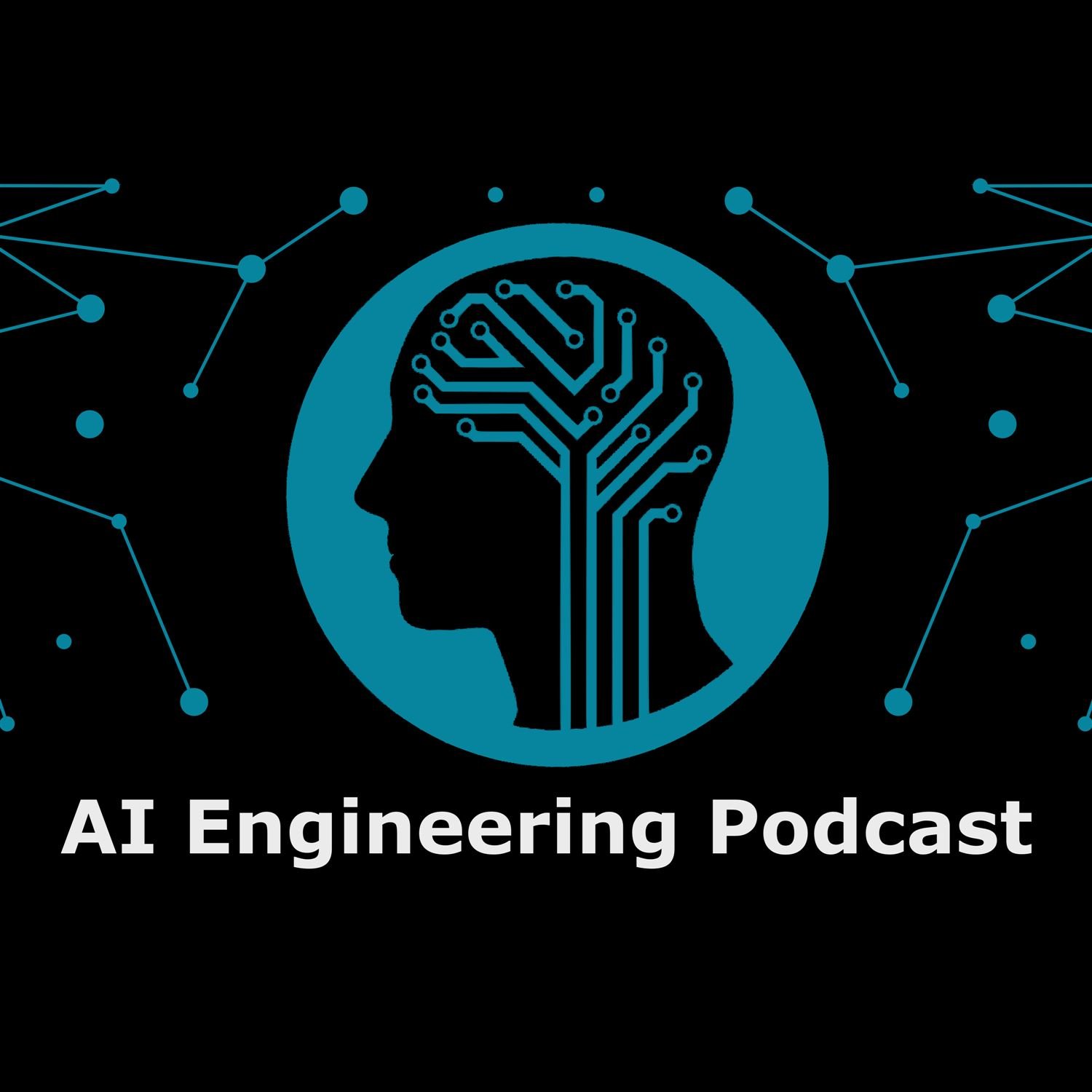
Declarative Machine Learning For High Performance Deep Learning Models With Predibase

AI Engineering Podcast
Shownotes Transcript
SummaryDeep learning is a revolutionary category of machine learning that accelerates our ability to build powerful inference models. Along with that power comes a great deal of complexity in determining what neural architectures are best suited to a given task, engineering features, scaling computation, etc. Predibase is building on the successes of the Ludwig framework for declarative deep learning and Horovod for horizontally distributing model training. In this episode CTO and co-founder of Predibase, Travis Addair, explains how they are reducing the burden of model development even further with their managed service for declarative and low-code ML and how they are integrating with the growing ecosystem of solutions for the full ML lifecycle.Announcements
- Hello and welcome to the Machine Learning Podcast, the podcast about machine learning and how to bring it from idea to delivery.
- Building good ML models is hard, but testing them properly is even harder. At Deepchecks, they built an open-source testing framework that follows best practices, ensuring that your models behave as expected. Get started quickly using their built-in library of checks for testing and validating your model’s behavior and performance, and extend it to meet your specific needs as your model evolves. Accelerate your machine learning projects by building trust in your models and automating the testing that you used to do manually. Go to themachinelearningpodcast.com/deepchecks) today to get started!
- Data powers machine learning, but poor data quality is the largest impediment to effective ML today. Galileo is a collaborative data bench for data scientists building Natural Language Processing (NLP) models to programmatically inspect, fix and track their data across the ML workflow (pre-training, post-training and post-production) – no more excel sheets or ad-hoc python scripts. Get meaningful gains in your model performance fast, dramatically reduce data labeling and procurement costs, while seeing 10x faster ML iterations. Galileo is offering listeners a free 30 day trial and a 30% discount on the product there after. This offer is available until Aug 31, so go to themachinelearningpodcast.com/galileo) and request a demo today!
- Do you wish you could use artificial intelligence to drive your business the way Big Tech does, but don’t have a money printer? Graft is a cloud-native platform that aims to make the AI of the 1% accessible to the 99%. Wield the most advanced techniques for unlocking the value of data, including text, images, video, audio, and graphs. No machine learning skills required, no team to hire, and no infrastructure to build or maintain. For more information on Graft or to schedule a demo, visit themachinelearningpodcast.com/graft) today and tell them Tobias sent you.
- Your host is Tobias Macey and today I’m interviewing Travis Addair about Predibase, a low-code platform for building ML models in a declarative format
Interview
Introduction
How did you get involved in machine learning?
Can you describe what Predibase is and the story behind it?
Who is your target audience and how does that focus influence your user experience and feature development priorities?
How would you describe the semantic differences between your chosen terminology of "declarative ML" and the "autoML" nomenclature that many projects and products have adopted?
Another platform that launched recently with a promise of "declarative ML" is Continual. How would you characterize your relative strengths?
Can you describe how the Predibase platform is implemented?
How have the design and goals of the product changed as you worked through the initial implementation and started working with early customers?
The operational aspects of the ML lifecycle are still fairly nascent. How have you thought about the boundaries for your product to avoid getting drawn into scope creep while providing a happy path to delivery?
Ludwig is a core element of your platform. What are the other capabilities that you are layering around and on top of it to build a differentiated product?
In addition to the existing interfaces for Ludwig you created a new language in the form of PQL. What was the motivation for that decision?
How did you approach the semantic and syntactic design of the dialect?
What is your vision for PQL in the space of "declarative ML" that you are working to define?
Can you describe the available workflows for an individual or team that is using Predibase for prototyping and validating an ML model?
Once a model has been deemed satisfactory, what is the path to production?
How are you approaching governance and sustainability of Ludwig and Horovod while balancing your reliance on them in Predibase?
What are some of the notable investments/improvements that you have made in Ludwig during your work of building Predibase?
What are the most interesting, innovative, or unexpected ways that you have seen Predibase used?
What are the most interesting, unexpected, or challenging lessons that you have learned while working on Predibase?
When is Predibase the wrong choice?
What do you have planned for the future of Predibase?
Contact Info
- LinkedIn)
- tgaddair) on GitHub
- @travisaddair) on Twitter
Parting Question
- From your perspective, what is the biggest barrier to adoption of machine learning today?
Closing Announcements
- Thank you for listening! Don’t forget to check out our other shows. The Data Engineering Podcast) covers the latest on modern data management. Podcast.init covers the Python language, its community, and the innovative ways it is being used.
- Visit the site) to subscribe to the show, sign up for the mailing list, and read the show notes.
- If you’ve learned something or tried out a project from the show then tell us about it! Email [email protected])) with your story.
- To help other people find the show please leave a review on iTunes) and tell your friends and co-workers
Links
The intro and outro music is from Hitman’s Lovesong feat. Paola Graziano) by The Freak Fandango Orchestra)/CC BY-SA 3.0)